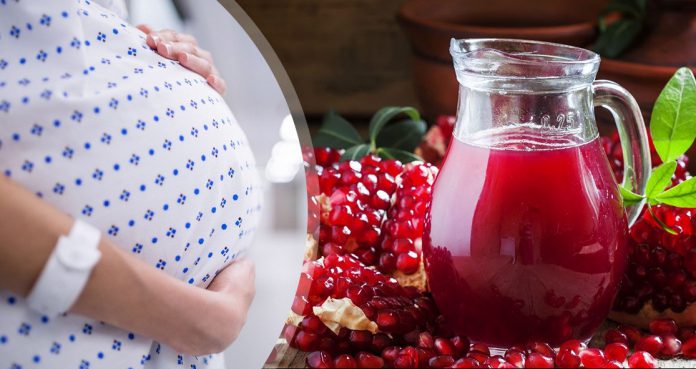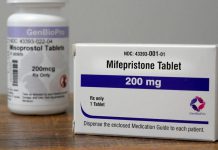It becomes important to take precautionary measures when it comes to protecting the newborn baby’s brain. That’s because some newborns, especially those who have intrauterine growth restriction (IUGR), are at greater risk.So, protecting the newborn baby’s brain is extremely critical.
Researchers from Brigham and Women’s Hospital have been determining whether drinking pomegranate juice during pregnancy can have a protective effect on the child’s brain.
They presented their preliminary findings from a clinical study that they conducted on pregnant women whose babies were detected with IUGR.
The researchers said that the findings were promising, which demonstrated better brain development and connectivity in newborns of mothers who drank pomegranate juice daily.
Senior study author,
“Our study provides preliminary evidence suggesting potential protective effects for newborns exposed to pomegranate juice while in utero,” said Dr. Terrie Inder, senior author and chair of the Department of Pediatric Newborn Medicine at the Brigham.
Dr. Inder added, “These findings warrant continued investigation into the potential neuroprotective effects of polyphenols in at-risk newborns, such as those with hypoxic-ischemic injury.”
Pomegranates are rich in polyphenols, such as tannic acid and ellagitannins, which have antioxidants properties and are known to cross blood-brain barriers. Polyphenolsare also found in nuts, berries, teas, and red wine.
Animal studies have found that polyphenols have protectiveeffects against the brain or neurodegenerative diseases. There were no human studies conducted to evaluate the potential effects of pomegranate juice on the newborn baby’s brain.
The researchers measured infant brain development and injury, which also included brain macrostructure, microstructure, and functional connectivity. They did not determine the difference in brain macrostructure; however, they did find some regional differences in white matter and functional connectivity.
Dr. Inder said, “These measures tell us about how the brain is developing functionally. We saw no difference in brain growth and baby growth, but we did see improvement in cabling network and brain development measured by synchronous blood flow and visual development of the brain.”
The researchers noted that tier preliminary findings warrant the need for larger studies to investigate the potential neuroprotective effects of polyphenols. “We plan to continue investigating these exciting findings. While the preliminary evidence shows promise, additional study and replication is needed,” explained Dr. Inder.























